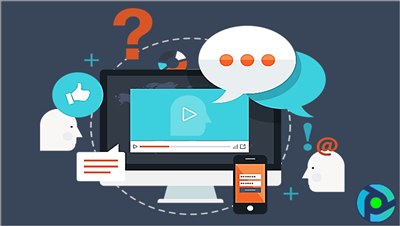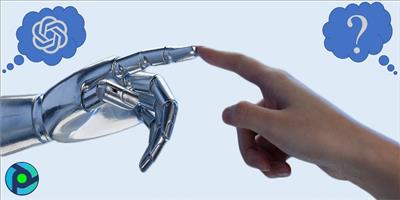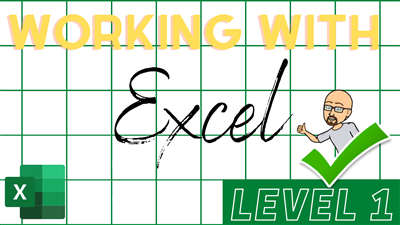
Best r programming-language Courses
R is a powerful and versatile programming language primarily used for statistical computing and graphics. Developed by Ross Ihaka and Robert Gentleman in the early 1990s at the University of Auckland, New Zealand, R has gained immense popularity in the field of data science and statistical analysis. In this article, we will explore the fundamentals of R programming, its syntax, data types, control structures, functions, data manipulation, visualization techniques, advanced topics, and available resources for learning.
Getting Started with R
Before diving into R programming, it's essential to set up the environment. The first step involves installing R on your system. R is available for Windows, macOS, and Linux platforms. Once R is installed, it's recommended to use RStudio, an integrated development environment (IDE) for R, which provides a user-friendly interface for writing, executing, and debugging R code.
Basic Syntax and Data Types in R
Like any programming language, R has its syntax rules and conventions. Understanding the basic syntax is crucial for writing R code efficiently. R supports various data types, including numeric, character, logical, vectors, and matrices. Variables are used to store data values, and assignment is done using the <- or = operator.
Control Structures in R
Control structures allow you to control the flow of execution in R programs. Conditional statements such as if-else statements help in making decisions based on certain conditions. Loops, including for and while loops, are used for repetitive tasks.
Functions and Packages in R
Functions play a vital role in R programming, allowing you to encapsulate a set of instructions into a reusable block of code. R comes with many built-in functions, and users can also create their own custom functions. Additionally, R has a vast ecosystem of packages that extend its functionality. These packages need to be installed and loaded into the R environment before use.
Data Manipulation and Analysis with R
R provides powerful tools for data manipulation and analysis. It supports various data import and export formats and offers packages like dplyr for data wrangling tasks. Descriptive statistics can be calculated to summarize and analyze datasets effectively.
Data Visualization in R
Visualizing data is essential for gaining insights and communicating results effectively. R offers numerous packages for data visualization, with ggplot2 being one of the most popular ones. Users can create a wide range of plots and customize them according to their requirements.
Advanced Topics in R
Once you're familiar with the basics, you can explore advanced topics in R programming. This includes working with advanced data structures like lists and data frames, conducting statistical analysis, and implementing machine learning algorithms using packages like caret and MLR.
R Community and Resources
The R community is vibrant and supportive, with many online forums, communities, and resources available for beginners and experienced users alike. R documentation, tutorials, books, and online courses provide ample learning opportunities for those looking to enhance their R programming skills.
Conclusion
In conclusion, R is a powerful programming language widely used for statistical computing and data analysis. Its rich ecosystem of packages, robust tools for data manipulation and visualization, and active community make it a preferred choice for data scientists, statisticians, and researchers worldwide.
FAQs
Is R difficult to learn for beginners?
While R has a steep learning curve for absolute beginners, its extensive documentation and online resources make it accessible with practice and dedication.
Can R be used for web development?
While R is primarily designed for statistical computing, it can be integrated with web development frameworks like Shiny for building interactive web applications.
What are some popular packages in R for data analysis?
Some popular packages for data analysis in R include dplyr, ggplot2, tidyr, and caret.
Is R suitable for big data analysis?
R can handle large datasets, but for big data analysis, specialized tools like Apache Spark might be more appropriate.
How can I contribute to the R community?
You can contribute to the R community by sharing your knowledge through tutorials, contributing to open-source projects, and participating in online forums and discussions.
















